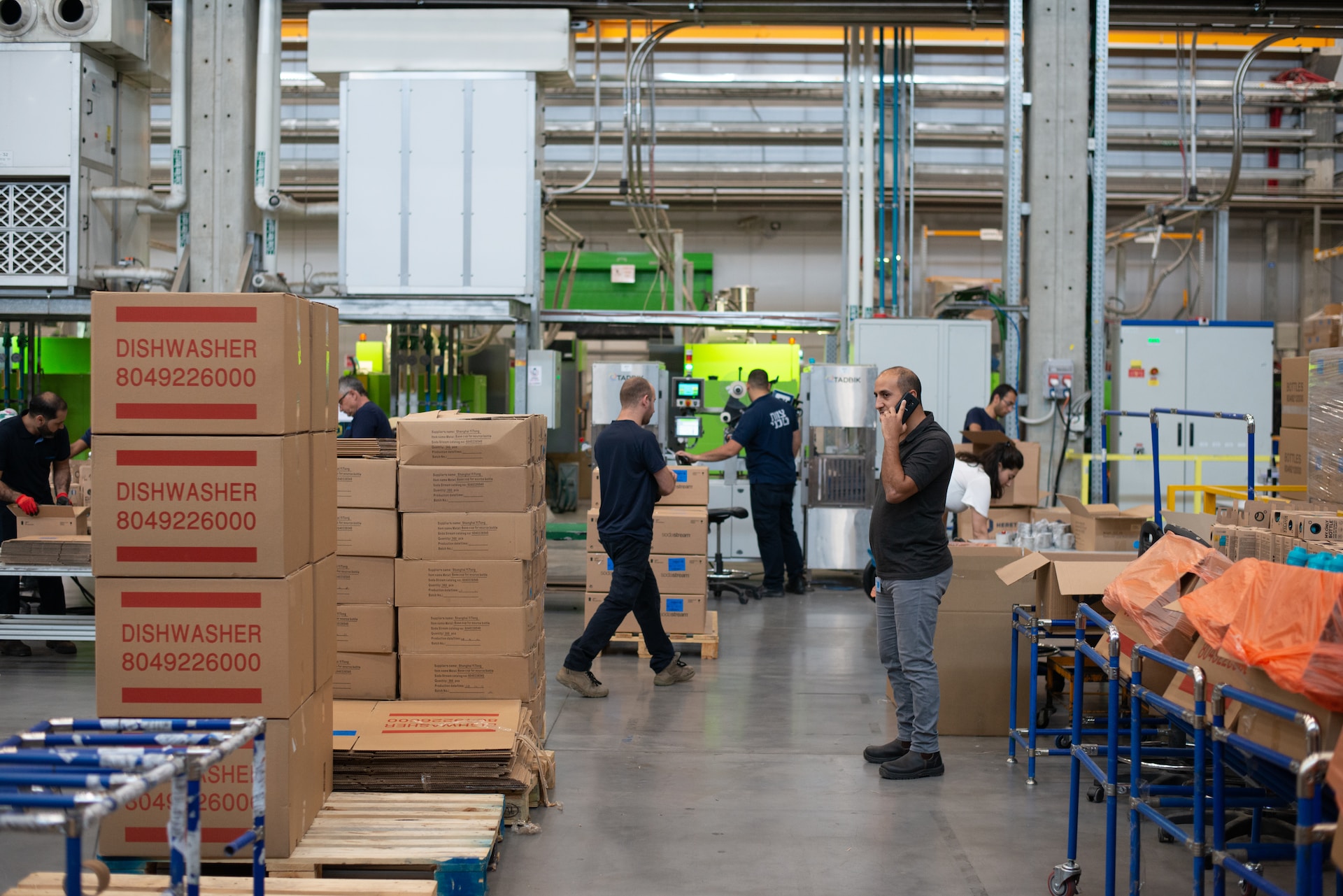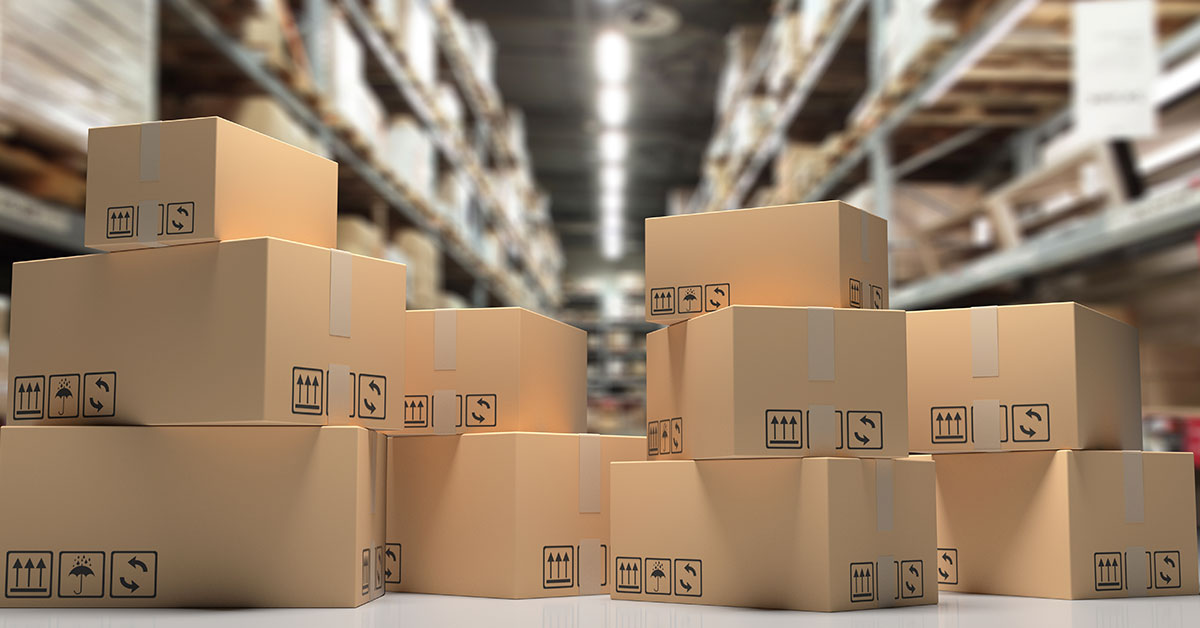


Basic to every shipping operation or warehouse are the containers used to ship the merchandise — some would say that this is the most critical aspect of shipping to “get right,” because if you don’t you will end up with delays, damaged goods and quite possibly very upset customers.
Before you rush out to your local supplier or order online, you need to look at the service(s) you are using to handle the delivery of your packages. These “carriers,” as they are called, have different requirements and specifications for containers (boxes, tubes, bags, pallets). For example, UPS guidelines for packaging and shipping take into account the type of merchandise you are trying to ship (office supplies, electronic devices, health/beauty supplies, etc.), the dimensions (overall height, width, and length) and weight.
As well, if you are shipping materials that are considered to be hazardous (such as certain types of batteries, items requiring special refrigeration such as dry ice, or even certain cosmetics which may contain flammable liquids such as alcohol) then special boxing requirements will probably be needed.
One of the most common mistakes made by shippers is to use a box that is not strong enough to endure transport. When we think of box “strength” we are usually thinking about whether the box material is sturdy enough to hold the weight of the items being shipped.
But box strength refers to more than just that. Your box, while in transport to its destination, will probably be stacked on top of other boxes while traveling. Your shipping boxes will need to be sufficiently strong that the walls will not collapse when other boxes are placed upon them.
The technical terminology for each of these two qualities is referred to as bursting weight (the maximum weight a box can hold) and edge crush/compression strength. Stacking strength of various box materials are determined by the edge crush test (or ECT) for short, while the bursting weight is determined by the Mullen Test, which measures how much internal force is required, pressing outward, to burst the walls of a box.
Which quality of your box is more important? In general, if you are shipping items in boxes that are likely to be stacked up on pallets or in shipping containers or trucks, then you need to use a box with a good ETC rating. For example, if a box is given a 45 ETC rating, it indicates that it can withstand up to 45 lbs. of pressure on its edges before collapsing.
If you are shipping large or extra-large boxes with heavy items that are not stackable, you should use a box with a high Mullen Test rating, as the danger there is from the item being too heavy to be supported by the box when it is lifted.
If you are having problems with your current boxes, it is possible to use double- and even triple-walled boxes if necessary. Heavy items such as medical equipment, electronics like printers and large monitors, canned goods and auto parts will require more robust shipping boxes.
You may be tempted to use shipping containers that are not new. For example, some smaller e-commerce sites will keep boxes used to ship materials to them, and re-use them as they there is no cost – you already have the box.
But consider what kind of message this sends to your customers when they receive a box that is already banged up and has markings for another business showing. Wouldn’t it create a better impression if the box they see when they receive their order has your logo/business name and address printed on it and not someone else’s?
But there’s more to this than simply appearance: Boxes that have been used previously have already started to wear out. The more a box is used/reused, the less able it is to withstand the rigors of being tossed about in trucks, thrown onto conveyor belts or having other boxes stacked upon them.
All things considered then, you should usually choose to buy shipping boxes that are new (although it is perfectly acceptable to use boxes made from recycled materials). Using new shipping boxes gives a better impression and also affords your shipped items the maximum protection possible.
As you think about you shipping box/container needs, you should realize that business-to-consumer (B2C) operations tend to need boxes that hold fewer quantities of items, but a high volume of shipments to many individual consumers. Business-to-business operations will typically see larger-sized shipments to a single location, as those items may be getting shipped to a dealer/distributor/store outlet for sale to their own customers. And when greater quantities are being shipped, different types of shipping boxes will be necessary (especially those with a higher bursting weight rating).
These differences may necessitate the use of different types of shipping materials, reliance on different carriers to transport the packages, different types of equipment (B2B shops may use forklifts and pallets more than B2C while B2C may have a small-parcel conveyor belt system that moves packages directly to truck loading areas).
Given the complex nature of shipping operations, many businesses today have turned to outsourcing the entire shipping process to a professional warehouse to save money and avoid the possibility of freight damage caused by choosing the wrong shipping materials. Our recommendation would be that you check out 3PL warehouse logistics to see if it would be a good fit for your business operations. Why use a third-party fulfillment partner? First of all because these folks are specialists, they won’t take you up blind alleys or cause you to spend too much money. As this is “what they do,” they will do it – your order fulfillment and shipping – more quickly and efficiently than your current operation can. They will free up your time so that you can actually focus on growing your business market presence and revenue share. There is nothing to lose here and everything to gain – why not submit your information for a quote today?
